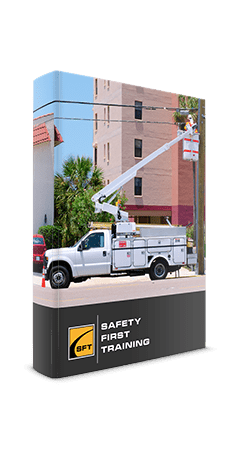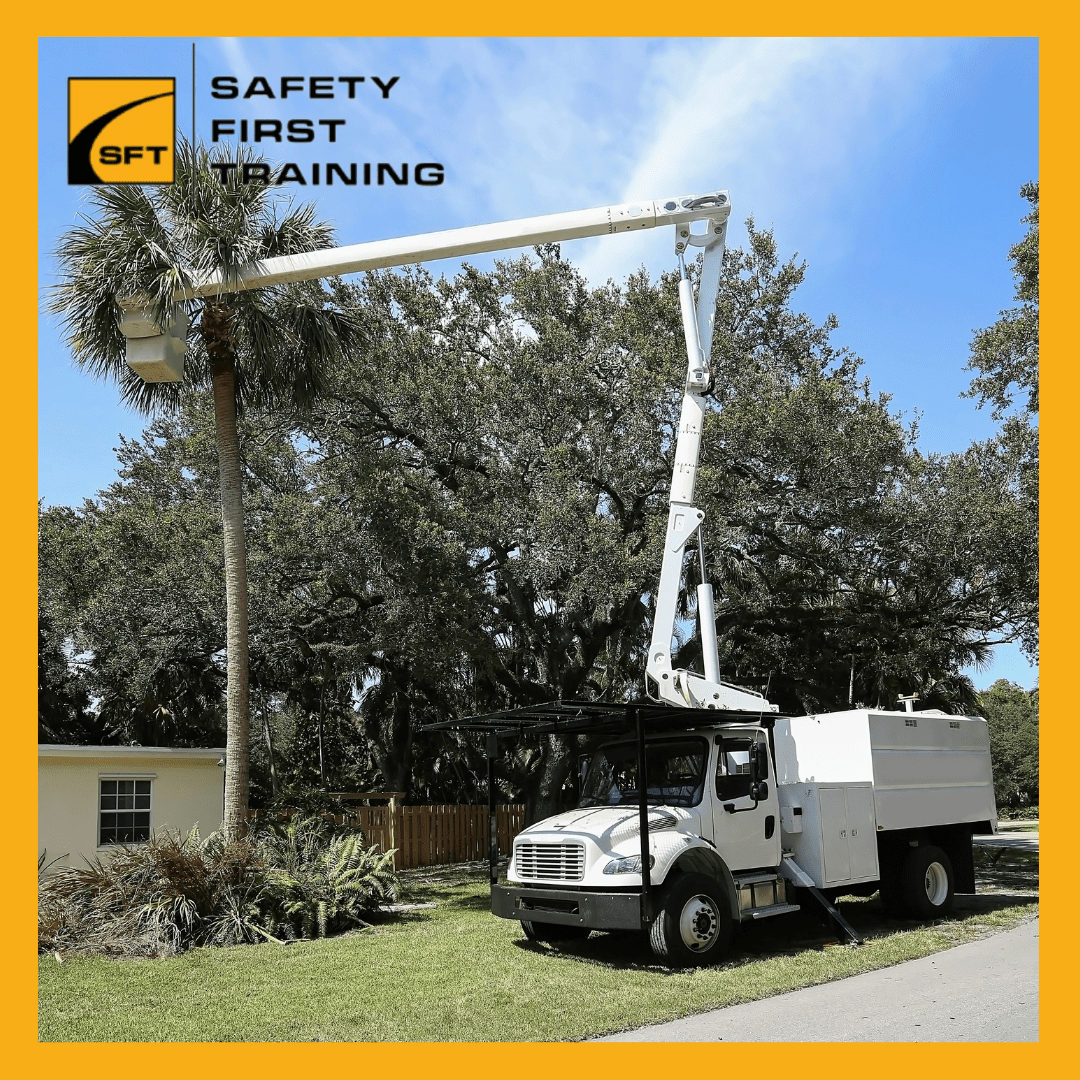VEHICLE MOUNTED | AERIAL LIFT | BUCKET TRUCK
This online Vehicle Mounted Aerial Lift (Bucket Truck) course covers the anatomy of the machine, set up, safe operation principles, pre-shift inspections, stability and hazard awareness. Upon successful completion of this online course, a certificate of completion will be available to download and print.
Buy NowDuration
Approximately 90 minutes
Assessment
Testing conducted in this course is designed to reinforce the information presented. A mark of 80% must be achieved to receive a certificate of completion. You are able to repeat the course two additional times if the pass mark of 80% is not achieved.
Completion
Upon successful completion of this online course, a certificate of completion will be available to download and print.
Vehicle Mounted Aerial Lift (Bucket Truck)
COURSE OUTLINE
Demonstrate the different types of aerial lifts
Pre-shift inspections and records
Machine Anatomy
Charts for stability and load requirements
Critical lifts
Common hazard awareness
Rigging importance
Safe machine operation guidelines
Use of Hand signals
Click here for a general safety video for Vehicle Mounted Aerial Lift (Bucket Truck)
Safety Tips:
Vehicle Mounted Aerial Lift (Bucket Truck), boom supported aerial platforms, cherry pickers or bucket trucks are generally used to access power lines lines and other at height job sites. The major causes of fatalities when using aerial lifts are falls, electrocutions, collapses or tip-overs. Employers must always ensure the safe use of aerial lifts by their workers by having everyone professionally trained in the use of this equipment.
Ensure that all operators of aerial lifts are professional trained in the safe use of the machine.
Operate and service the machine according to the manufacturer's guidelines.
Never bypass mechanical, hydraulic or electrical safety devices.
Never move the equipment when workers are inside an elevated platform.
Never allow workers to be positioned between overhead hazards and the rails of the basket.
Always maintain a minimum distance of at least 3 meters from the nearest energized overhead lines.
Always assume power lines, wires and other conductors are energized, even if they appear to be down or insulated.
Use fall arrest equipment with a lanyard attached to the boom or basket to prevent falling accidents.
Set the brakes and wheel chocks when parked.
Never exceed the load limits of the machine.
Always allow for the combined weight of the workers, tools and materials.



